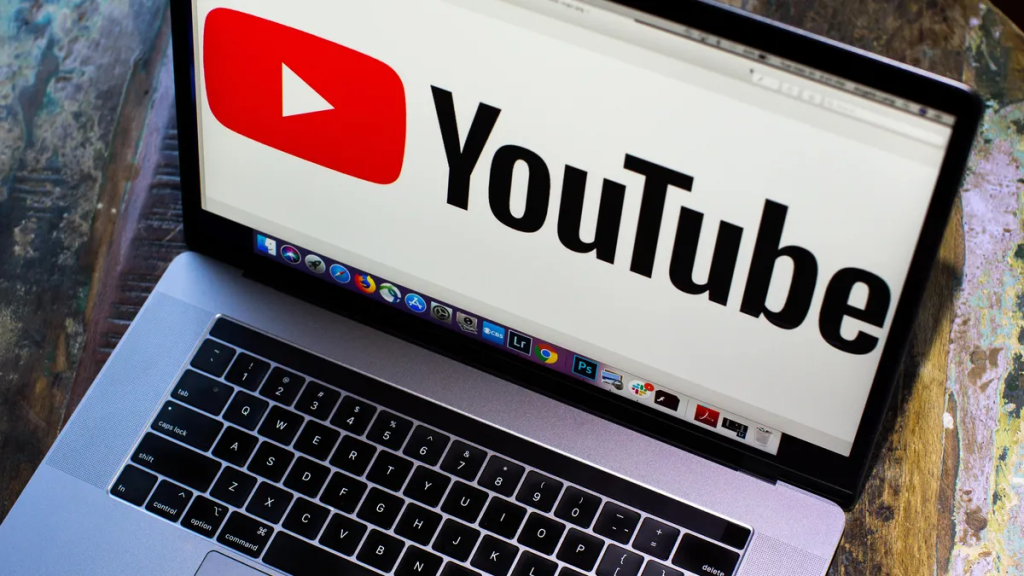YouTube SEO: How to Optimize Videos for YouTube Search

Everyone knows watching a video is preferable to reading a lengthy blog article. There are many advantages, like increased watch time, brand recognition, and higher leads and sales. The basics of the algorithms used by search engines like Google and YouTube to rank websites and videos are the same.
The goal is to give users the most seamless experience possible. Thus Google search results and YouTube video search results have been integrated to make searching easier. Utilising SEO strategies raise the visibility and engagement of YouTube videos. Become familiar with how to include SEO in your YouTube approach.
This article, it will show you step-by-step how to use some basic SEO techniques to promote your YouTube videos.
What does SEO mean for YouTube?
With a billion users globally and minutes of content published every minute, YouTube is the second-largest search engine. There are several e-commerce possibilities, with most users discovering brand-new companies or products within the network.
Engaging material is the foundation of every YouTube success story, but it is simply the first step. By utilising SEO strategies, brands may expand their audience and increase video engagement and online visibility.
Is it worth optimising videos on YouTube?
It might seem pointless to rank videos on YouTube. The platform is most useful for the most well-known influencers and content producers.
That’s not the case, though. As long as you identify the correct audience for your content, your company can benefit from views, comments, and likes on its videos. Finding and focusing on the right audience is more crucial than making a “beautiful” video. Most of the work involved in YouTube optimisation has already been completed if you actively address the issues that your potential customers have in your YouTube videos.
Even though it might not seem like it, rating YouTube videos is an invaluable part of your inbound marketing plan. Inbound video marketing was a novel concept just a decade ago. Marketers realised that besides publishing a lot of content, they also needed to ensure that it was high quality and optimised for search engines.
How to rank videos on YouTube?
YouTube SEO Tips
Rename your video file using a target keyword.
Similar to optimising written material, you would first choose the keywords your video should concentrate on using an SEO tool (you can browse popular YouTube SEO tools below these tips or just click that link earlier in this sentence).
Before you even publish your video on YouTube, add the keyword to your video file as the first place to use it. Why? There are a few places you can safely include your target keyword on your video’s watching page once it has been released, as you’ll discover in the guidelines below. Youtube can’t actually “see” your video to determine its relevance to your target keyword. However, YouTube can read the file name and all the accompanying coding of your video.
Insert your keyword naturally in the video title.
The title is one of the first things our eyes are attracted to when searching for videos. The title should be intriguing and concise, and clear because that frequently prompts the user to click to watch your movie.
Although your video’s title heavily utilises your keyword, it also helps if it closely corresponds to what the audience is looking for. According to Backlinko’s research, videos with an exact keyword match in the title only slightly outperform those without one.
Optimise your video description.
According to Google, the official character limit for YouTube video descriptions is 1,000 characters. Although it’s acceptable to occupy all of that space, keep in mind that your audience most likely came to this page to watch a video rather than read an essay.
Remember that YouTube only shows the top two or three lines of text, or roughly 100 characters, if you create a longer description. Viewers must click “show more” to view the entire description afterwards. We advise front-loading the description with the most relevant details, such as CTAs or relevant links.
Tag your video with popular keywords that relate to your topic.
To help people understand your video, YouTube recommends tagging it. However, you’re not only educating your audience; you’re also educating YouTube. The purpose of tags, according to Dean, is to help the platform “understand the content and context of your video.”
In this manner, YouTube learns how to link your video to other related videos, which can increase the audience for your material. However, pick your tags carefully. Use relevant tags instead of irrelevant ones if you want to increase views; otherwise, Google may penalise you. Like your description, start your page’s headline with the most crucial keywords, a decent mix of which are long-tail (that is, those that address questions like “how to do I?”).
Categorise your videos.
Choosing a category is another approach to grouping your video with related content on YouTube. This will ensure that it appears in different playlists and is seen by more viewers who fit your target audience. Once you post a video, you can categorise it under “Advanced options.”
It might not be as straightforward as it seems. In actuality, it’s crucial to follow a thorough procedure to decide which category each video fits into.
Upload a custom thumbnail image for your video’s results link.
The primary image that viewers see while navigating through a list of video results is your video’s thumbnail. This thumbnail and the video’s title inform viewers about the video’s subject matter, which might affect how many clicks and views your video gets.
Although you can always choose from the auto-generated thumbnail options YouTube provides, we strongly advise creating a personalised thumbnail. Images with a 16:9 aspect ratio and a resolution of 1280×720 pixels should be used, according to YouTube. These images should be stored as 2MB or smaller jpg, gif, BMP, or .ng files. Following those guidelines can help to guarantee that your thumbnail displays in the same high quality on various viewing platforms.
Conclusion
With the help of SEO, it is possible to develop organically on both Google and YouTube and increase video interaction metrics. As you serve video content, remember to keep the user’s overall search experience in mind and follow SEO best practices.
A successful YouTube channel starts with quality material, regardless of the SEO strategy or software you choose to use. People can watch something of the highest quality and relevance when they find you.
FAQ
Is SEO relevant to YouTube?
With the help of SEO, it is possible to develop organically on both Google and YouTube and increase video interaction metrics. As you serve video content, remember to keep the user’s overall search experience in mind and follow SEO best practices.
Is SEO free?
SEO is technically cost-free. For SERP positioning, you don’t have to pay anything. The E-A-T components Authority and Trust—are among the characteristics Google considers when ranking material. They will give those who are regarded as valuable resources.
What is the SEO score on YouTube?
Optimising your YouTube channel and content to improve its rank on YouTube is known as YouTube SEO. Google, YouTube, and other search engines use complex algorithms to decide how your videos will rank in search results.




